There are two types of birds called orioles. Both types are brightly colored birds, but they are not closely related. The first type is the genus Icterus in North, Central, and South America.
The second type is the family Oriolidae in Eurasia, Africa, and Australia. For our purposes, we will discuss the “New World” orioles that live in the Americas. Read on to learn about the oriole.
Description of the Oriole
Orioles are bright colored birds, often with contrasting areas of black or dark feathers. Most of the different species have yellow feathers with black patches on their wings, backs, heads, or tails.
There are 33 different species of orioles, but their sizes are similar. Most orioles range in size, from about 6 to 10 inches long. They are also quite light, and most species weigh less than 2 ounces.
Interesting Facts About the Oriole
There are many different species of orioles, and thus, many different things to learn about them! Learn some fun facts about different oriole species below.
- Altamira Oriole – This species is quite smart, and some populations picked up a unique trick from one another. In some regions, people have spotted this species pulling dead insects out of the grills of cars! Work smarter, not harder.
- Baltimore Oriole – Vampires in Baltimore?! While they aren’t quite sucking the blood from victims, Baltimore orioles do drink the juice from the inside of fruits and berries. They used their closed beak to stab a hole into the side of a piece of fruit, and then open their beak to create a hole. From this hole, they use their tongue to sip up the fruit juice.
- Spot-Breasted Oriole – These beautiful birds have impressive plumage. Unlike most orioles, males and females are the same bright color. The various North American species usually have less colorful females, and brighter males.
- Orchard Oriole – Orchard orioles are friendly, non-territorial birds. They frequently nest close to other oriole species, and even robins, sparrows, and kingbirds. Friendship pays off for all these birds. The more eyes watching for predators, the less likely something will catch you off guard. They often group together to chase away predators.
Habitat of the Oriole
These birds live in a variety of different habitats, though some share many of the same preferences. Some of the many different ecosystems that these birds inhabit include open forests, marsh and river edges, shrublands, and more. Many species also live in urban areas, like farms and city parks, particularly those with fruiting trees and berries.
Distribution of the Oriole
This group of birds lives across the Americas. Some species live farther north, in Canada and the United States. Other species live in Mexico, various parts of Central America, or South America. Many species also live on the islands off the coast of North, Central, and South America.
Some species, like Baltimore orioles, have very wide distributions. Other species, like the Critically Endangered Bahama oriole, only live in a small area.
Diet of the Oriole
Most orioles are omnivores, which means they eat both plants and animals. Their diet usually consists of a combination of insects, fruits, berries, and seeds. Each individual and species has specific dietary preferences, and some species eat a wider variety of food than others.
Some of the small invertebrates that they feed on include ants, crickets, spiders, beetles, snails, worms, grasshoppers, caterpillars, and more. They also eat a variety of fruits and berries, including bananas, strawberries, raspberries, cherries, mulberries, and more.
Oriole and Human Interaction
Because they eat fruits and berries, sometimes these little birds come into conflict with humans. In some areas, these conflicts are more severe than in others.
Healthy populations are usually able to withstand threats, but small localized populations suffer. Habitat destruction also takes a toll on populations, and pesticides used to protect fruits and trees often kill these birds or their prey.
Domestication
Humans have not domesticated orioles in any way.
Does the Oriole Make a Good Pet
No, orioles do not make good pets. They are wild animals with special needs and care requirements that are difficult to meet without experience. In most places, it is also illegal to own an oriole as a pet.
Oriole Care
Most orioles in zoos got there because something injured them in the wild. Sometimes injured birds cannot survive in the wild again, and thankfully many find homes in zoos. Zoos also receive birds from other zoos, as many species readily reproduce in captivity.
The ideal environment for these birds is a large aviary with plenty of trees, bushes, and branches to land on. This allows them to forage for food and exercise. Zookeepers also feed them a variety of fruits and berries, insects, and a pelleted insectivore diet.
Behavior of the Oriole
Many species of orioles are not particularly territorial, and live in close proximity to one another, even when breeding. They are diurnal, and spend much of their day foraging for insects and fruits.
While hunting insects, they often find perches in trees to watch for insects flying close by. As an insect approaches, they leap from the branch and snatch it. These birds are also quite vocal, and often both males and females sing.
Reproduction of the Oriole
Oriole pairing varies from species to species, but most birds sing to establish mates. They are not territorial, but they do defend their nest from predators and other birds.
Different species have different sized clutches of eggs, though the number laid is usually between three and seven. Most species incubate their eggs for around two weeks. After another two weeks, the young chicks begin learning how to fly.

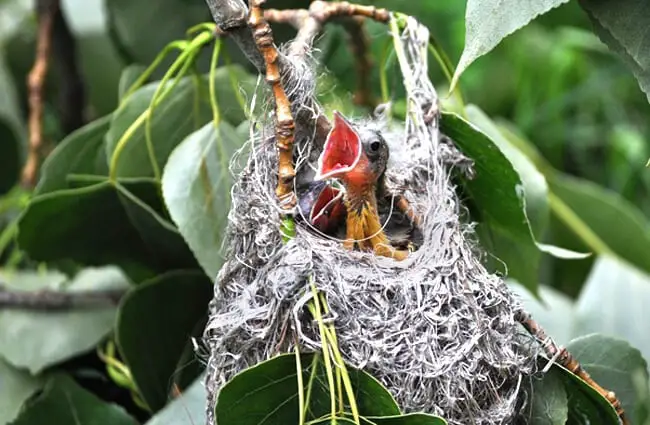
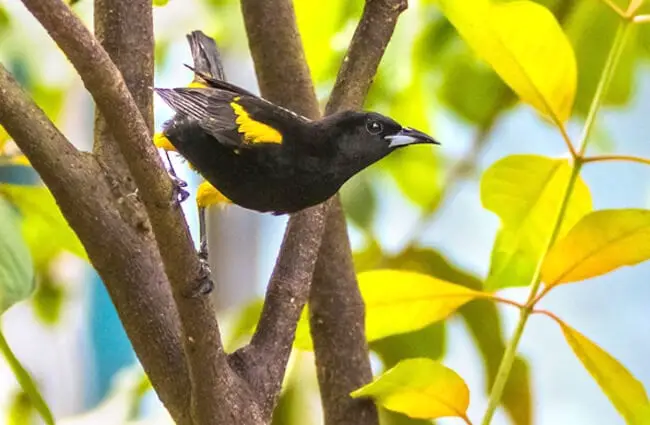

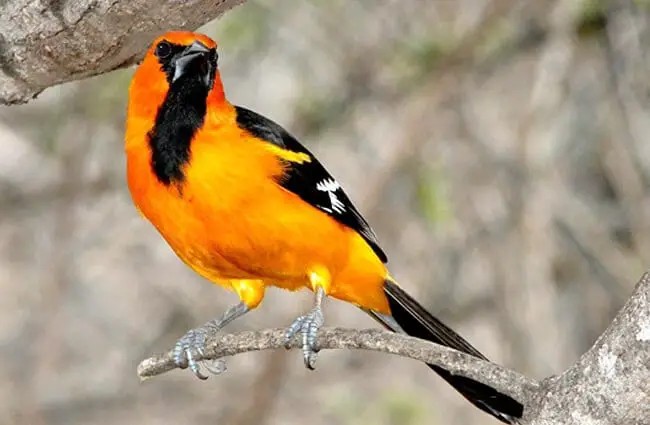
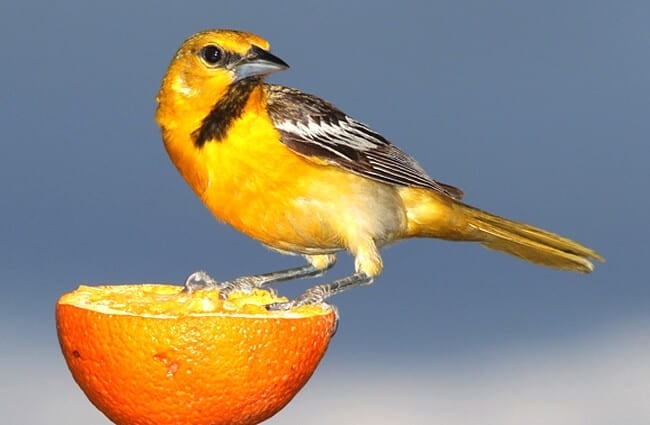


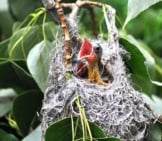


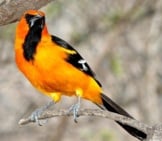
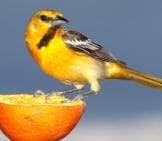
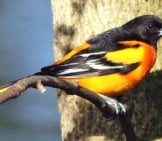
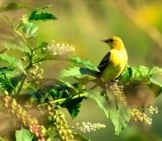
![Red Angus Closeup of a beautiful Red Angus cowPhoto by: U.S. Department of Agriculture [pubic domain]https://creativecommons.org/licenses/by/2.0/](https://animals.net/wp-content/uploads/2020/03/Red-Angus-4-238x178.jpg)












![Red Angus Closeup of a beautiful Red Angus cowPhoto by: U.S. Department of Agriculture [pubic domain]https://creativecommons.org/licenses/by/2.0/](https://animals.net/wp-content/uploads/2020/03/Red-Angus-4-100x75.jpg)

